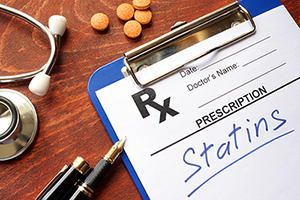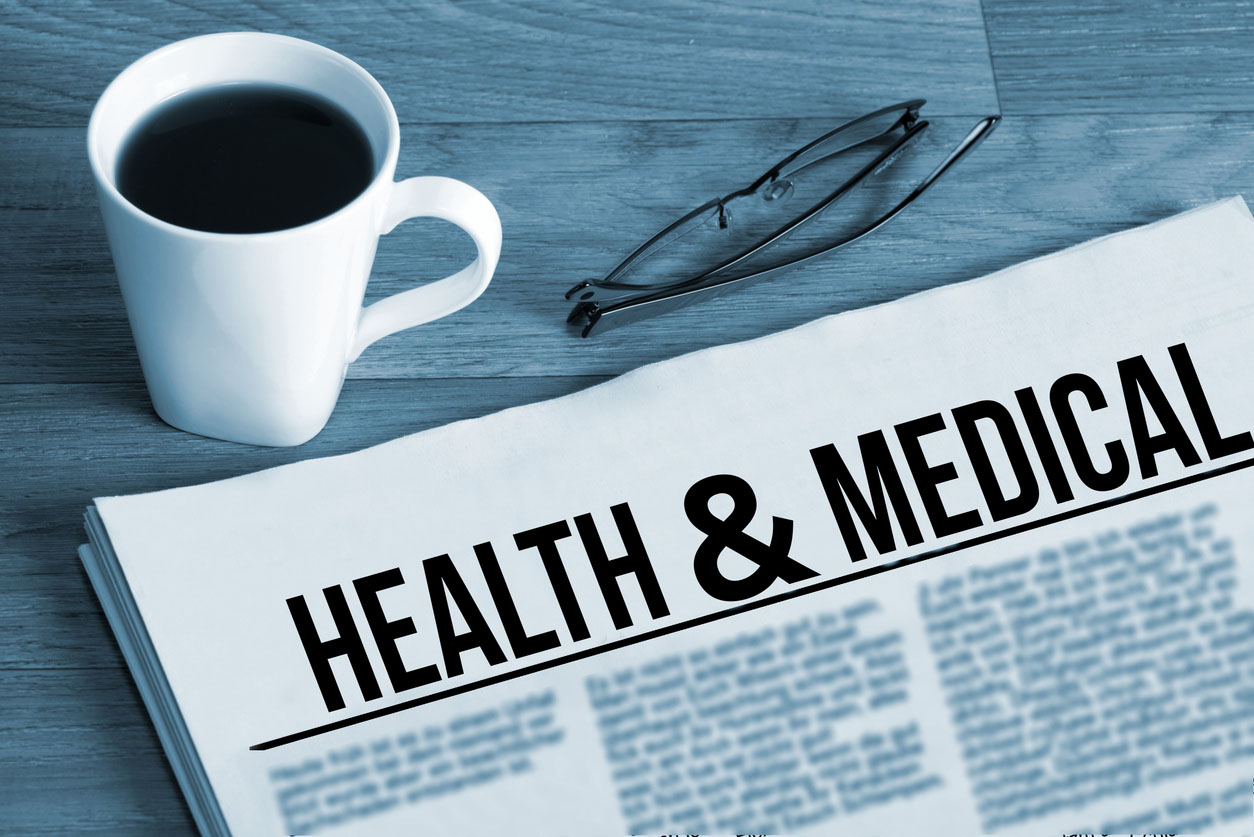I’m often called upon to render a second opinion on whether a patient should take a statin or not. The scenario is usually something like this:
A middle-aged patient undergoes a routine blood test and is told by their physician that they should take Lipitor, Crestor, Zocor, or any of the popular cholesterol-lowering drugs. Usually, it’s simply a matter of their having high cholesterol, the “bad” kind, or LDL (low-density lipoprotein).
As a result, more than one in five Americans between the ages of 40 and 75 already takes a statin to prevent an initial heart attack or stroke—some unnecessarily.
The old guidelines were “paint-by-number”: Anyone with an LDL over 160 deserved cholesterol reduction; those with a single risk factor for heart disease—such as family history—earned a more stringent cut-off of 130; For those with 2 or more risk factors (smoking, hypertension, etc.), the goal was 100 or less; For those with established heart disease, it was said to be imperative to lower LDL to 70 or less.
All diabetics are thought to be so prone to heart disease that they merit aggressive cholesterol-lowering, as are any individuals who have suffered strokes, heart attacks, or have undergone bypass surgery or coronary artery stenting.
But lately, a new metric has been used to stratify risk for those without pre-existing heart disease, and to indicate the need for statins. It involves a calculator with plug-ins that is said to predict your 10-year risk of a cardiac event—if it’s 7.5% or more, you’re told you should take a statin.
Let’s see what happens when I use this plug-in on myself.
I enter my age—65; I’m male, which is a strike against me. I’m Caucasian which renders me somewhat less at risk than a non-Caucasian; my blood pressure is a normal 120/80, I’m non-diabetic, and I’m a former smoker but quit 40 years ago. I enter my cholesterol, which is 210, my HDL which is a robust 70, and my LDL, which, at 130, is a level an orthodox cardiologist might consider “borderline.”
I hit calculate, and voila! The result states that my 10-year risk of a cardiac event is 9.8%, above the threshold of 7.5%—which makes me a candidate for a statin!
Nowhere do they ask me about my height, my weight, or my body fat percentage (which are optimal); my exercise regimen (which is intensive); or my dietary habits (they might say I eat too many saturated fats!). Nor are sleep or stress levels factored in. Much less whether I take supplements that prevent cardiovascular disease—but obviously there’d be no buy-in from the statin-purveyors about the value of such nutrients as fish oil, vitamin K2, aged garlic extract, or resveratrol.
But most importantly, they don’t consider my calcium score, obtained recently via an EBT heart scan, that reveals I have “zero” coronary artery plaque!
So, to use an analogy, placing me on a statin to lower my cholesterol would be about as protective as having me put on my seatbelt while going into the garage to clean out my car’s glove compartment—the car’s not even moving!
Obviously, this highly-vaunted calculator is an imprecise tool for ascertaining the value of opting for a statin. It pretty much defaults to the verdict that every middle-aged guy without an ultra-low cholesterol needs his lipids “optimized,” guaranteeing an ongoing revenue stream for BigPharma.
How can we improve on this?
First, I request that my patients considering a statin undergo an EBT heart scan to ascertain whether they have any plaque. There are often surprises here. Sometimes, especially with women, extraordinarily high cholesterols (greater than 300!) accompanied by high LDL (over 200!) do not create a propensity for coronary calcium. Alternatively, some individuals seemingly without risk factors—even skinny raw food vegans with normal cholesterol—have significant plaque.
What to do if plaque turns up? A search should be undertaken for hidden risk factors: Despite seemingly normal LDL, is the particle-size large (benign), or small (atherogenic)? Is a high percentage of the LDL oxidized? Is there elevated lipoprotein(a) or homocysteine? Does highly-sensitive C-reactive protein (hs-CRP) demonstrate inflammation? Is insulin out-of-range? Does a borderline hemoglobin A1c indicate metabolic syndrome, even short of a diagnosis of full-blown diabetes? Is there a poor Omega 3/6 ratio? Are there toxic levels of lead or cadmium? Is there an occult source of inflammation?
But the mere presence of plaque should not stampede a patient into taking a statin. There’s scant evidence of the benefits of primary prevention—lowering cholesterol to prevent heart disease in the absence of an actual cardiovascular disease like a heart attack, angina, or a previous bypass or stent. The case is even less compelling for women with high cholesterol, but without demonstrable heart problems, and especially for the healthy elderly of both sexes (over 75). And while a positive calcium score might be invoked by some doctors as evidence of incipient heart disease, there’s no settled science that shows that those with moderate calcium scores (less than 400) obtain significant protection from cholesterol-lowering drugs.
Another calculator (the “MESA calculator”) can shed light on the potential benefits of statins (or lack thereof) for a patient with a known plaque score.
Take this example: Let’s say, for the sake of argument, that with the same data presented above, I had a plaque score of 400. That’s more than usual for a 65-year-old white male—the average is 71. But 77% of men that age have at least some plaque.
In an abundance of caution, I would advise that patient to take a nuclear stress test. The patient passes the test with flying colors—no clinical evidence of compromised coronary artery circulation, despite the presence of plaque (which is then said to be “non-obstructive”).
We can use the risk calculator that previously told me that I was a candidate for cholesterol reduction—without taking into account my plaque score—to estimate the benefits of going on a statin. Click! The results show that with medication, my 10-year risk of heart disease falls from 9.8 to 8%. Of course, that’s not much of a difference. You could call it a nearly 20% reduction in my risk of heart disease, in relative terms; but the absolute risk of having a heart problem is only reduced by less than 2%—that means that 55 men with these characteristics would need to undergo statin therapy—with its inherent side effects, risks, and expense—to protect one man from a bad cardiac outcome. This statistic is called the Number Needed to Treat (NNT), and it’s a useful way to consider the limits of the claimed benefits of a therapy.
But let’s refine the prediction even further, using the MESA calculatorthat factors in my hypothetical rather high plaque score of 400, a finding that would ordinarily stampede most doctors into ordering a statin.
Without a statin, my 10-year risk of heart disease is projected to be 12.62%, taking into account my jacked-up plaque score of 400 (with my real plaque score of zero, that risk declines to a paltry 1.87%, almost negligible).
To my plaque score of 400 we then apply a statin, which lowers my cholesterol dramatically from 210 to 160, making my cardiologist very happy. Unfortunately, statins also lower HDL, so I’ll plug in 55 as a conservative estimate of the effect of the drug. I hit calculate and note that my 10-year risk for cardiovascular disease is now lowered from 12.62% to 10.00%.
Again, that’s about a 25% reduction, but even with a statin, I’m still not “bullet-proof.”
Using the Number Needed to Treat, the NNT for using a statin in this example would be 38. i.e., you’d have to treat 38 men in similar circumstances for one to obtain a benefit.
You can use the empowering on-line tools I’ve described above to offer yourself a second opinion.
Everyone’s different, and sometimes the potential advantages of taking a statin are greater, sometimes less, depending on a person’s individual circumstances. But mostly, I find they’re overstated, and patients are often intimidated into accepting a prescription. And side effects like diabetes, muscle pain, liver damage, decreased endurance, and cognitive problems are not negligible.
Worse yet, statins offer patients a false assurance that their poor diets and lack of exercise are not impacting their hearts—they can pursue unhealthy lifestyles with impunity, with a magic pill to shield them from their indiscretions.
My motto: When it comes to cholesterol, it’s not how low you go—it’s how you get there! Natural ways always outperform drugs.
More doctors need to take the time to carefully explain these choices to patients.







